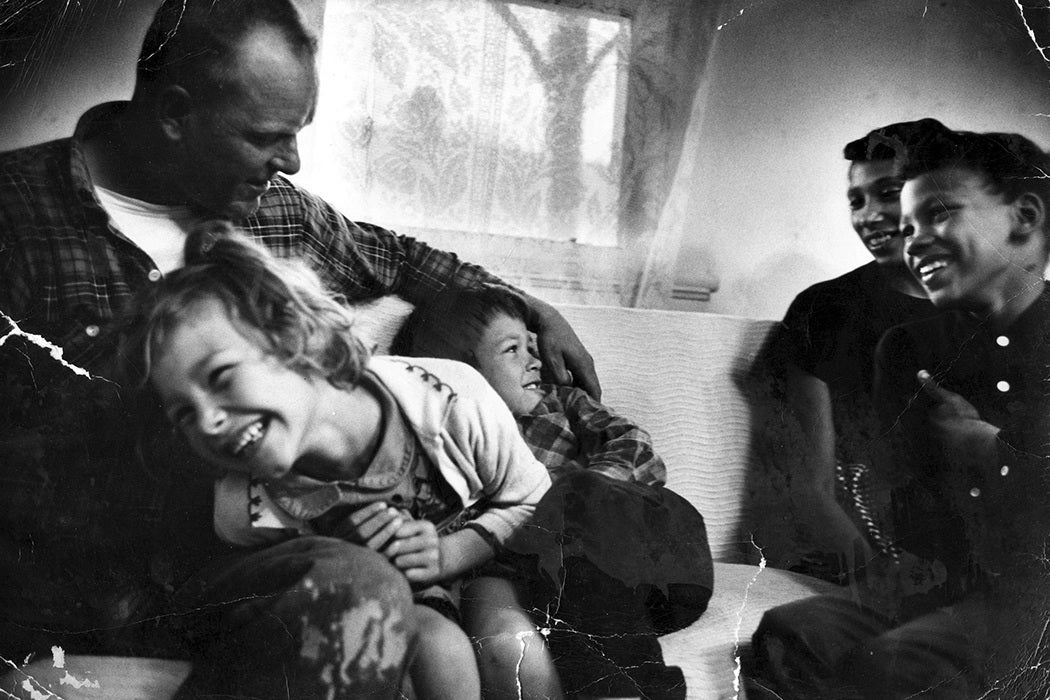Was there ever a legal decision more appropriately named? On June 12, 1967, the Supreme Court of the United States decided in Loving v. Virginia that state anti-miscegenation laws were violations of both equal protection and due process. Sixteen states still had laws making it illegal for black and white people to marry: these were all struck down by the decision.
The plaintiffs, Mildred and Richard Loving, of Caroline County, Virginia, had married in Washington D.C. in June, 1958 (at that time twenty-four states outlawed interracial marriage). They were arrested shortly after they returned to Mildred’s parents’ home in Virginia. An anonymous tipster had reported them; deputies woke them up in their bedroom. The Lovings pleaded guilty, were sentenced to a year in prison, suspended on condition that they leave the state and not return together for 25 years. The Lovings left, and filed suit in 1963. As the case slowly made its way through the judicial system, they raised three children.
They were charged under the state’s Racial Integrity Act of 1924, which Kevin Noble Maillard calls “a legislative enactment of eugenics.” (Virginia was particularly vigorous in enforcing the pseudo-science of eugenics, most notoriously by forcibly sterilizing thousands of people deemed mentally ill or “deficient” between 1924-1979.)
Peter Wallenstein documents the history of the American obsession with miscegenation—a mouthful of a word made from the Latin for “to mix races” that only came into use in the middle of the 19th century. The Virginia colony had sought to reduce the number of mixed-race children—”from negroes, mulattoes, and Indians intermarrying with English, or other white women”—born there as early as 1691.
In 1948, California’s Supreme Court ruled that state’s anti-miscegenation law unconstitutional, and other states soon followed, except for those that had been slave states at the beginning of the Civil War. In the mid-1950s, the U.S. Supreme Court refused to hear similar cases brought by an African-American woman in Alabama and by a Chinese-American man in Virginia. But by 1958, the times were changing.
While the Lovings’ original judge claimed that “Almighty God created the races white, black, yellow, malay and red, and he placed them on separate continents […thus proving] that he did not intend for the races to mix,” the state of Virginia argued that since both white and black halves of the couple had been treated with equal punishment, the law was perfectly valid. The Supreme Court begged to differ, and did so unanimously, calling Virginia’s law “repugnant” and designed to “maintain White Supremacy.”
Weekly Newsletter
Richard Perry Loving died in a car crash in 1975. Mildred Dolores Jeter Loving died in 2008 at the age of 68. Among her survivors were 11 great-grandchildren. On the 40 anniversary of Loving, she released a statement urging that that gay men and women be allowed to marry. About the couple, a Virginia newspaper noted back in 1967, “They have done an incalculably great service for their community, their state, and their nation.” And June 12th is now known as Loving Day, an unofficial celebration of multiracial love.







